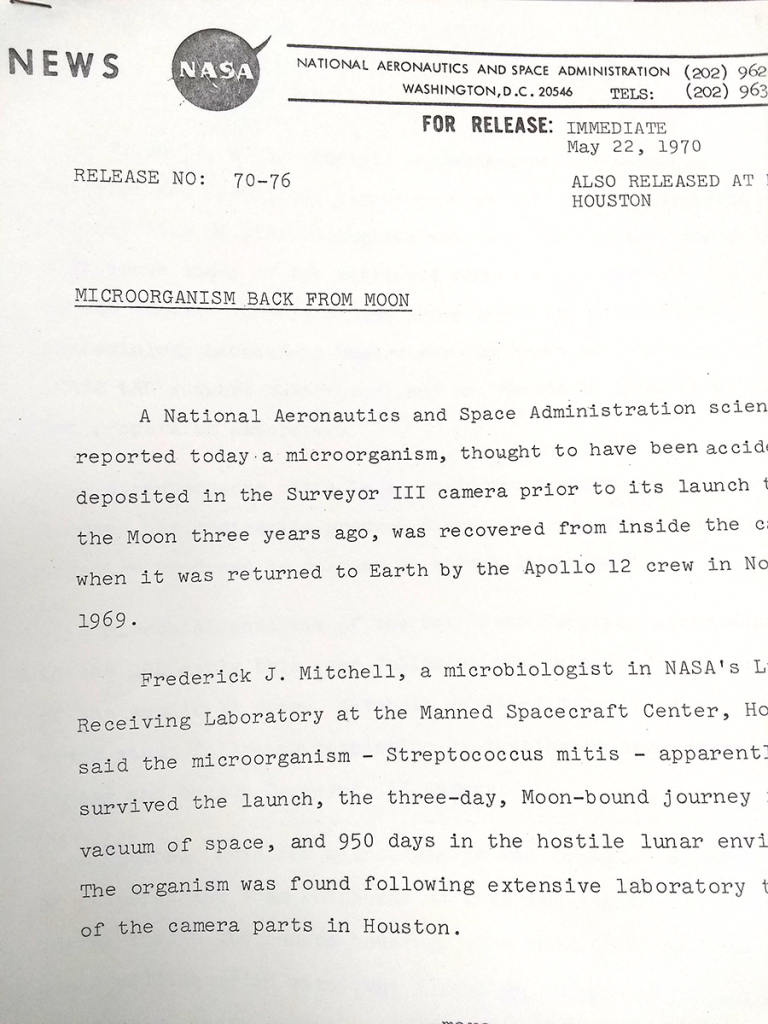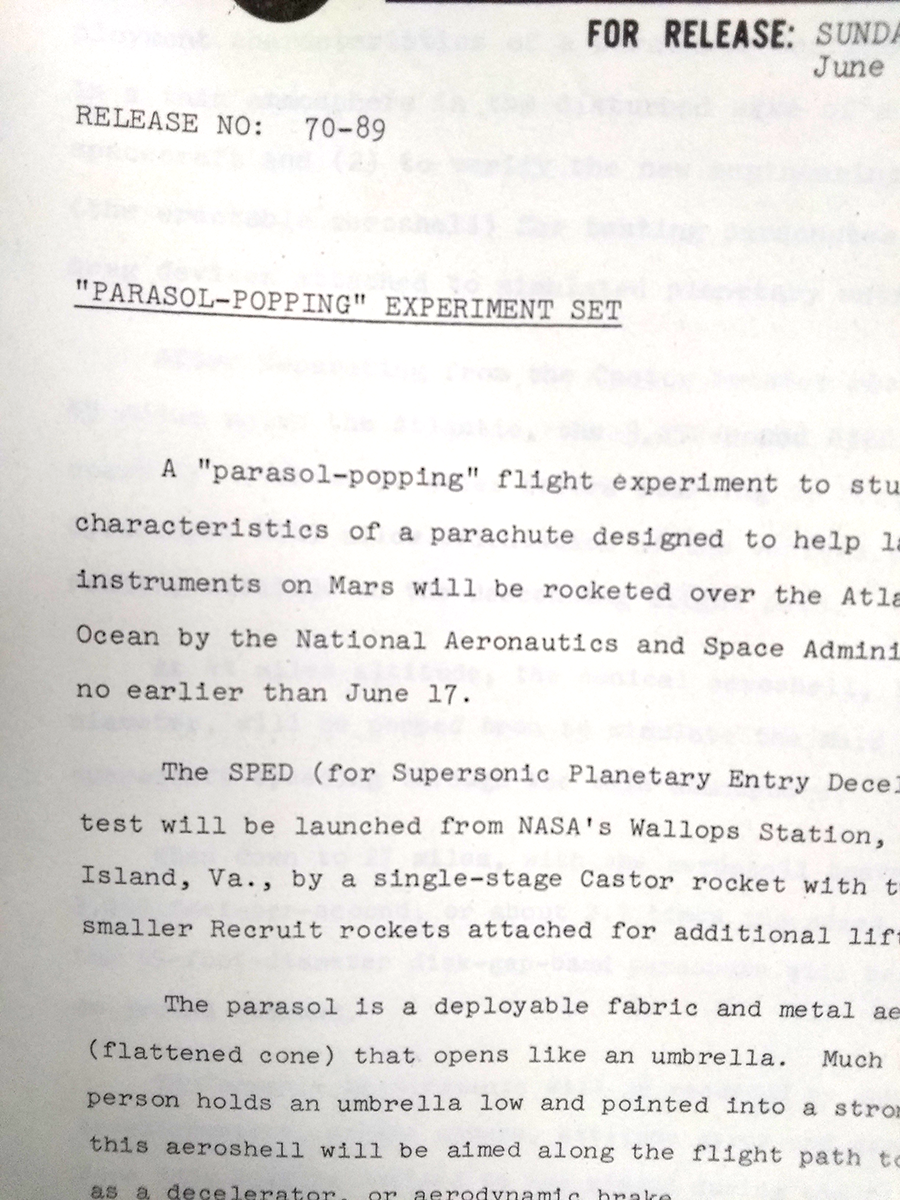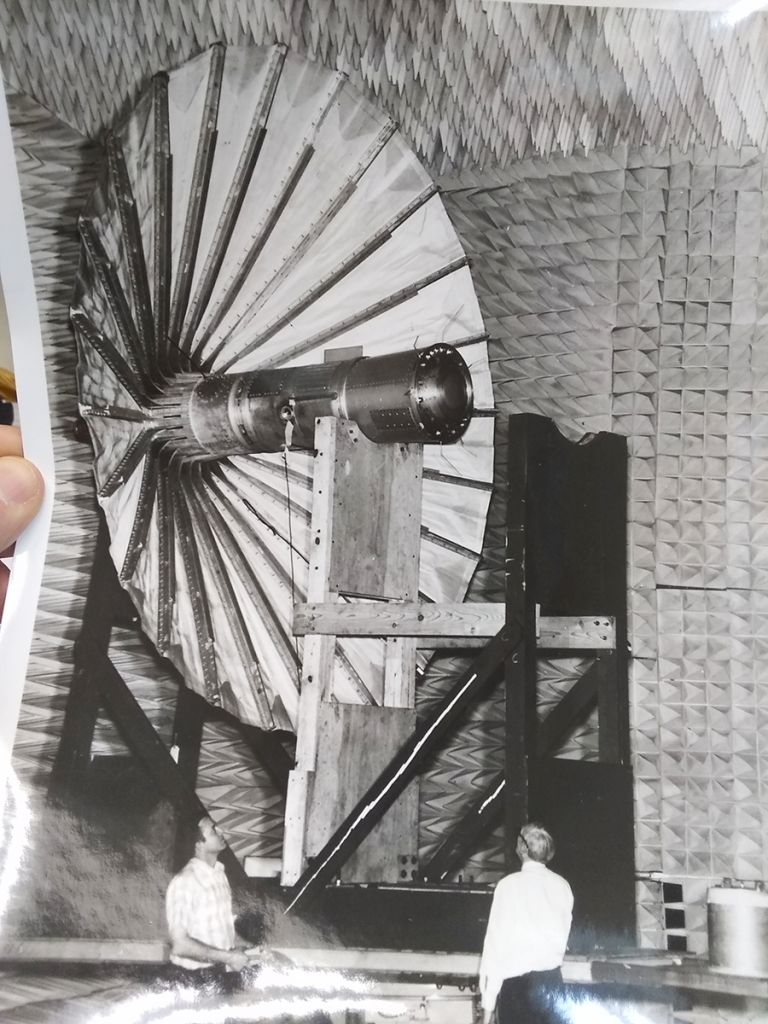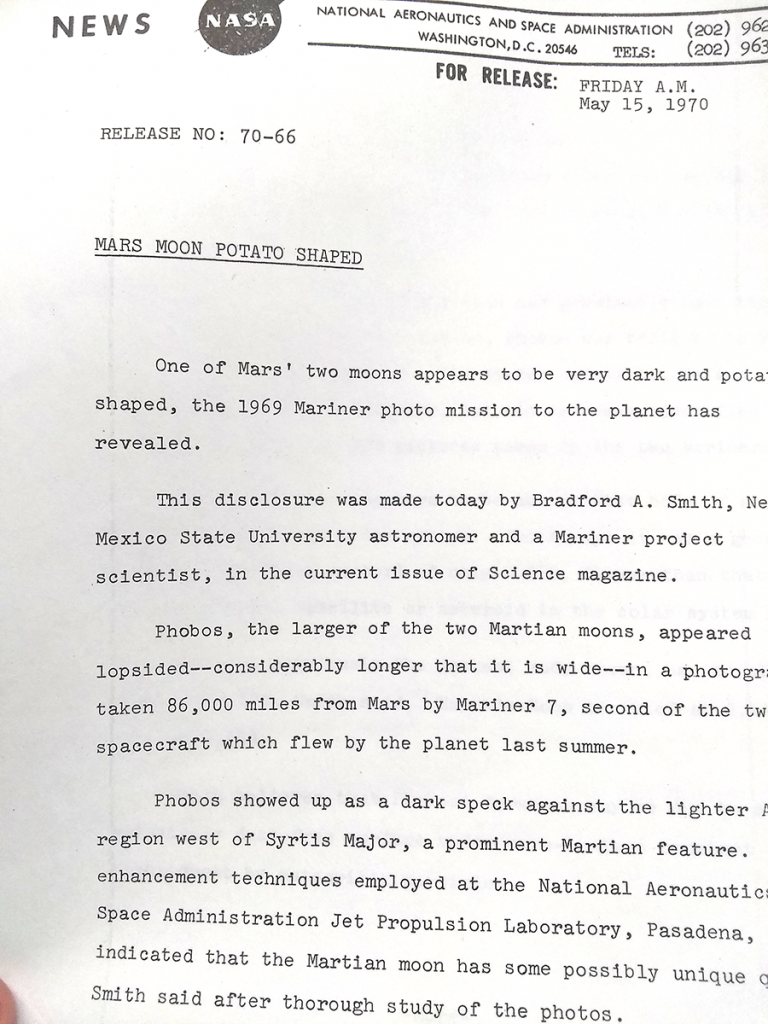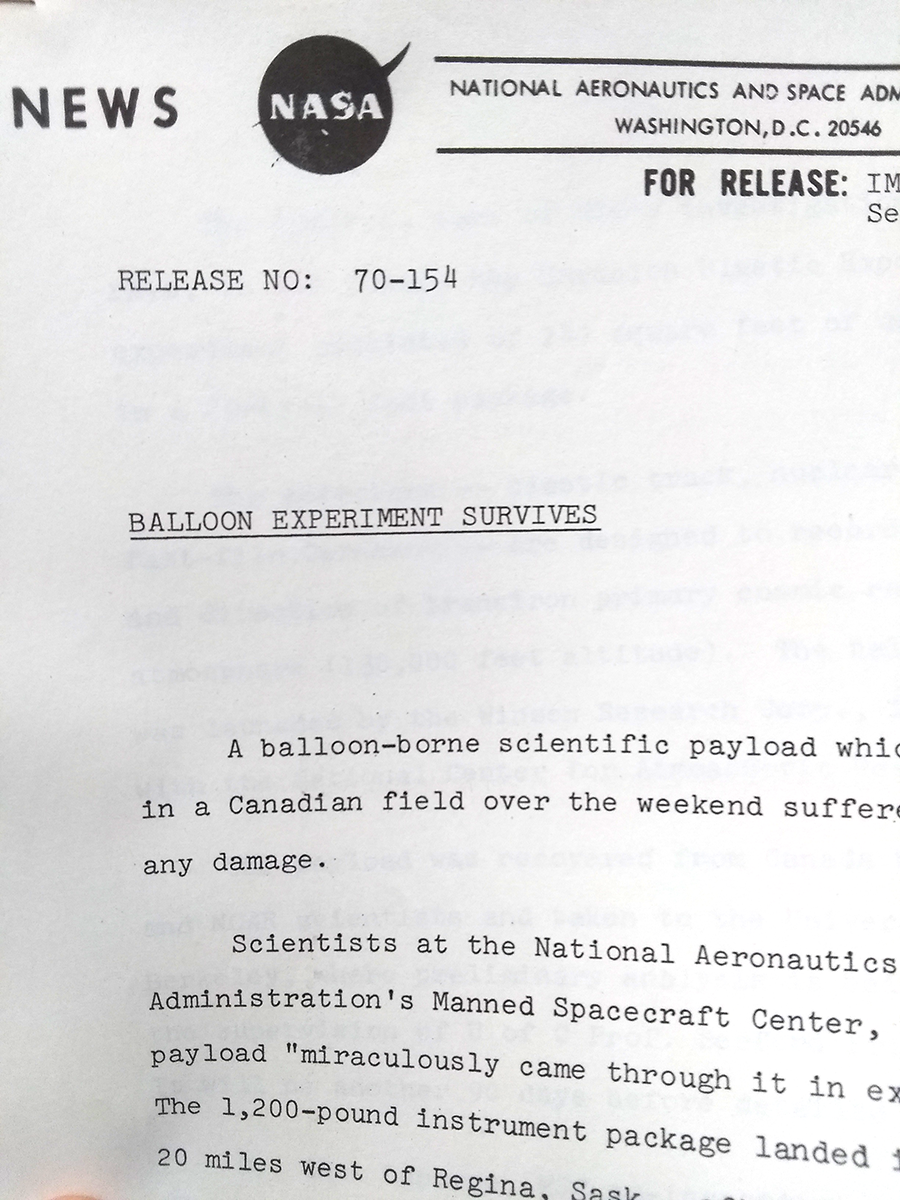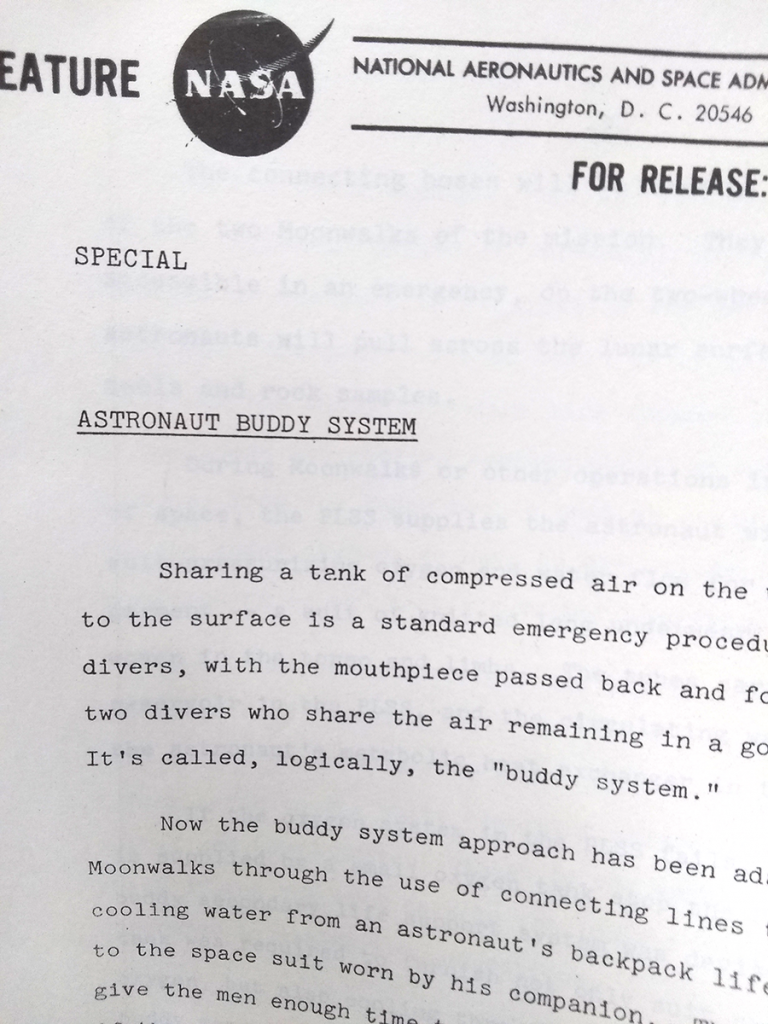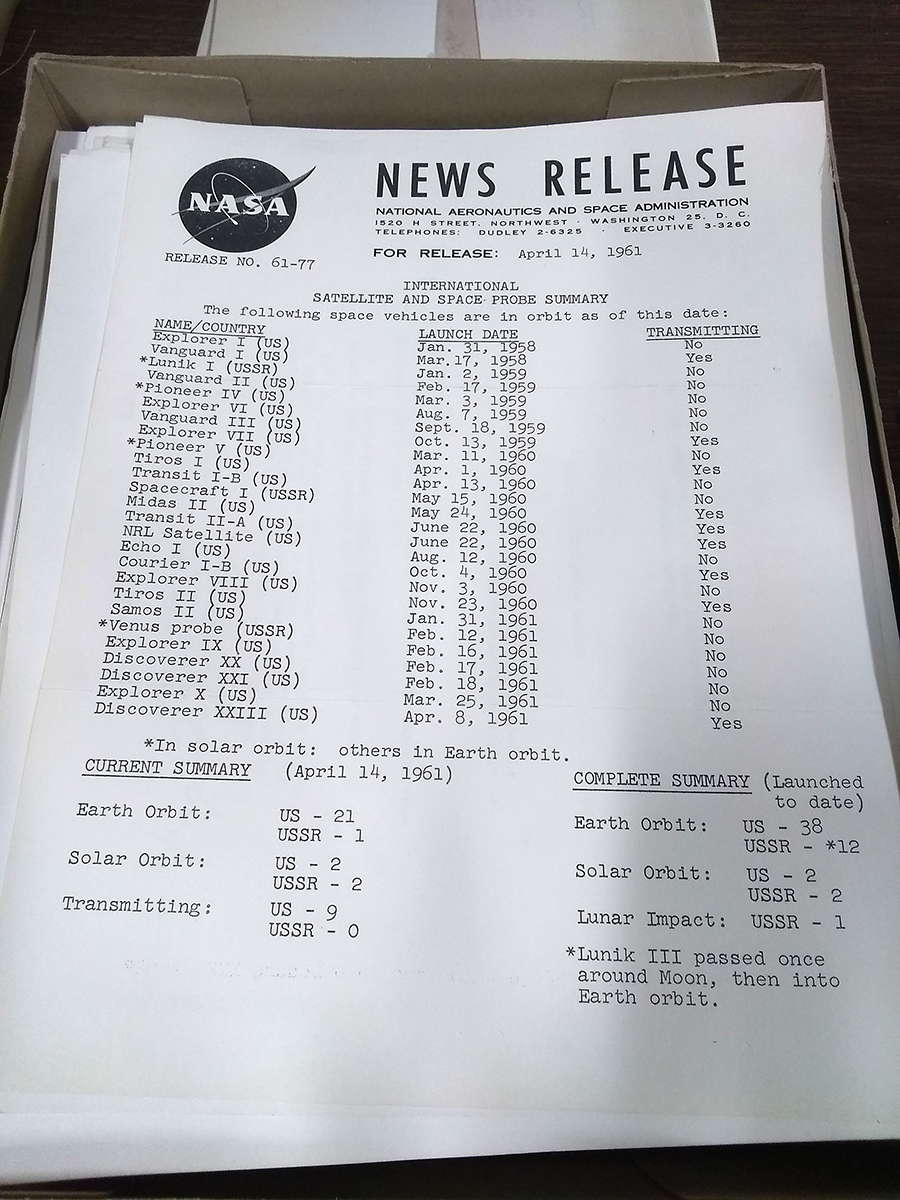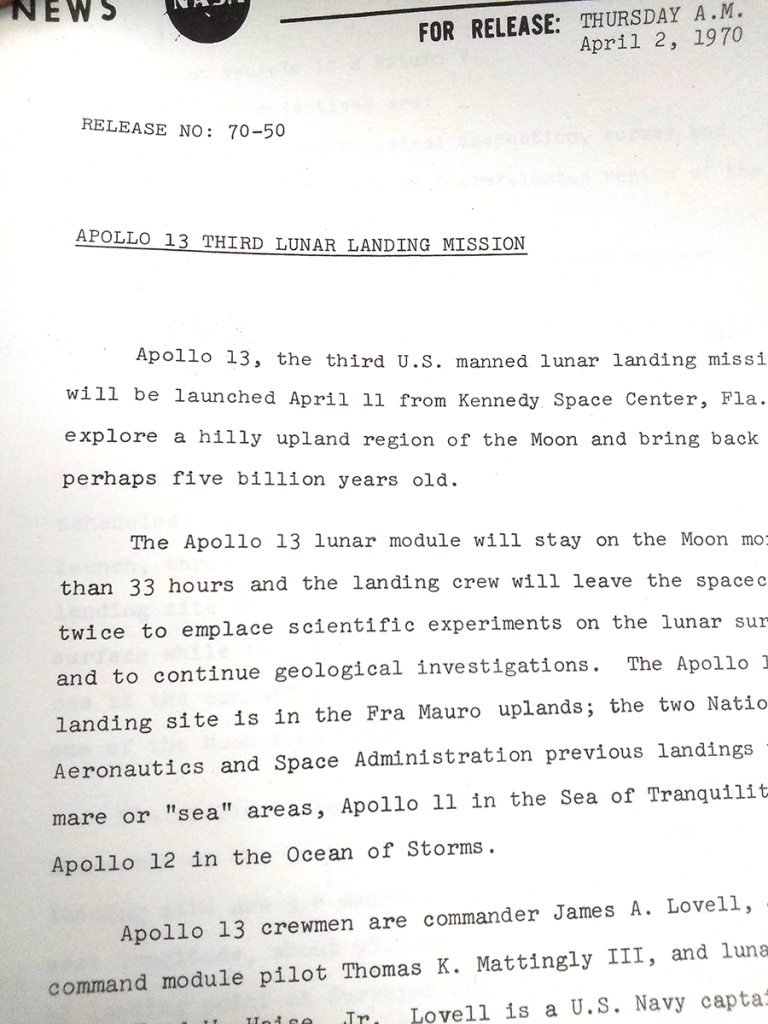
Fifty-five years ago saw the launch of the Apollo 13 lunar mission, on 11 April 1970. It didn’t go to plan, of course. Things took a bad turn, could have been worse, but who can blame them for optimism in the weeks leading up to it all? Moon science is cool!
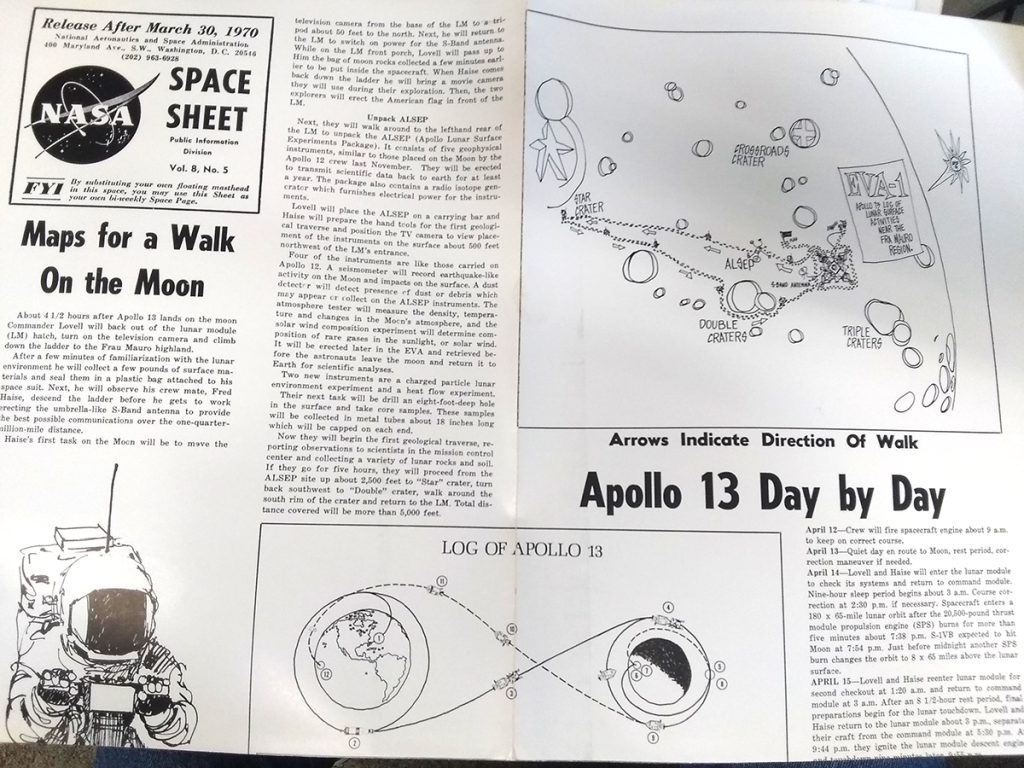
Maps, plans, a pretty tight itinerary. It’s expensive and difficult to go to the Moon, so you don’t waste time. But don’t those hand-drawn maps just make it so inviting? Presumably the astronauts carried maps which were much more detailed and useful, if less likely to get the kid inside all of us super-excited.
Apollo 14 would reach the Fra Mauro highlands in early 1971, though Lovell, Swigert, and Haise never flew into space again.
